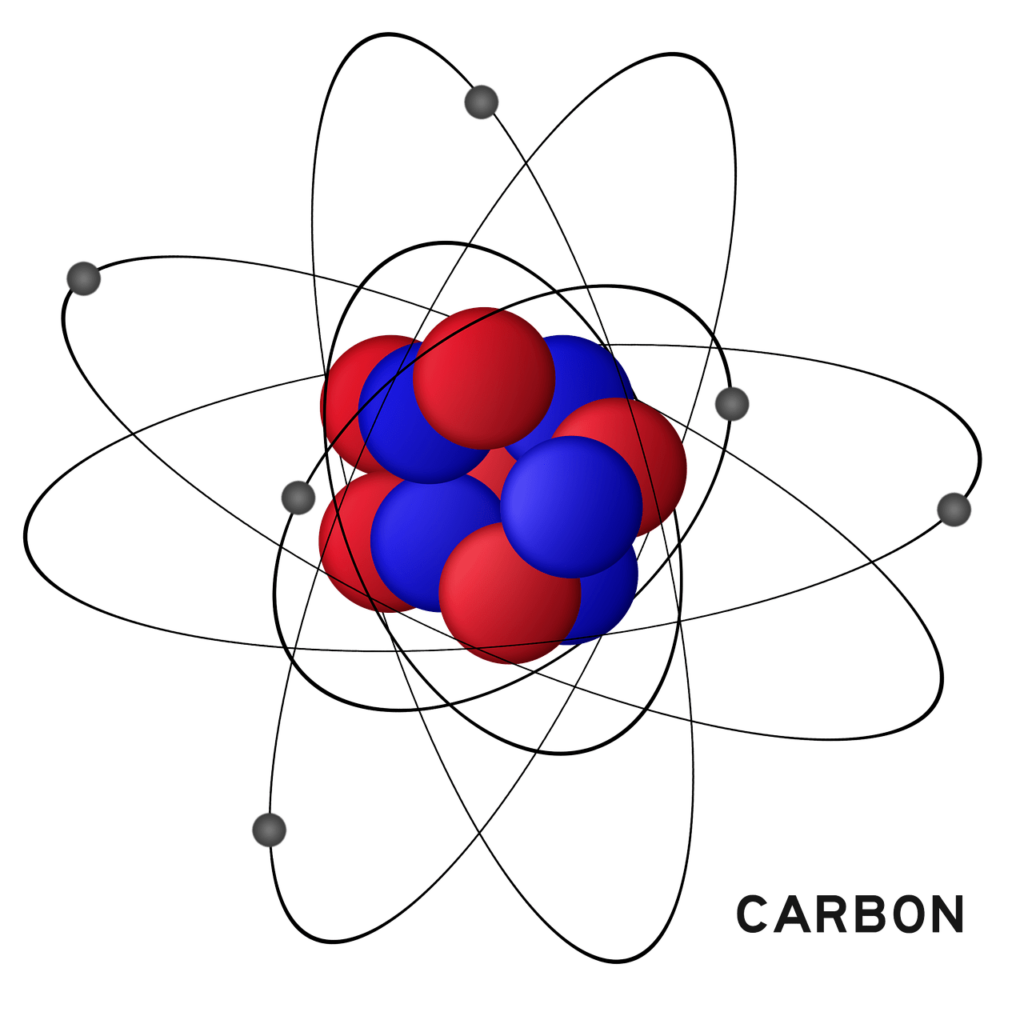Introduction
Have you ever wondered if mushroom compost can play a role in carbon sequestration? In this article, we will delve into the world of mushroom compost and its potential impact on carbon sequestration.
What is Mushroom Compost?
Mushroom compost, also known as spent mushroom substrate, is the material left over after mushrooms have been harvested. It is made up of various organic materials such as straw, corn cobs, and cottonseed hulls that have been used as growth medium for mushrooms.
Mushroom compost is rich in nutrients and organic matter, making it a valuable soil amendment for gardening and agriculture.
How is Mushroom Compost Produced?
Mushroom compost is produced through a multi-step process that involves preparing the growth medium for mushrooms, inoculating it with mushroom spawn, and allowing the mushrooms to grow. Once the mushrooms have been harvested, the remaining compost is then collected and processed further.
The composting process involves breaking down the organic materials used for growing mushrooms through microbial activity. This results in a nutrient-rich material that is ready to be used as a soil amendment.
Carbon Sequestration and Mushroom Compost
Carbon sequestration is the process of capturing and storing carbon dioxide (CO2) from the atmosphere. This helps reduce the concentration of greenhouse gases in the atmosphere, mitigating climate change.
How Does Carbon Sequestration Work?
Carbon sequestration can occur through natural processes such as plant photosynthesis, as well as through human interventions such as the use of carbon capture and storage technologies.
One way to sequester carbon is through the incorporation of organic matter into the soil. This can help increase soil organic carbon levels, which play a key role in the global carbon cycle.
Does Mushroom Compost Contribute to Carbon Sequestration?
The short answer is yes, mushroom compost can contribute to carbon sequestration. When mushroom compost is added to soil, it helps increase soil organic carbon levels, which in turn can help sequester carbon from the atmosphere.
Mushroom compost is a rich source of organic matter, which serves as food for soil microbes. These microbes break down the organic matter, releasing carbon dioxide in the process. However, a portion of the carbon is retained in the soil as soil organic carbon, contributing to carbon sequestration.
Benefits of Using Mushroom Compost for Carbon Sequestration
There are several benefits to using mushroom compost for carbon sequestration:
-
Increased Soil Health: Mushroom compost helps improve soil structure, moisture retention, and nutrient availability, which can benefit plant growth and overall soil health.
-
Sustainable Agriculture: By using mushroom compost as a soil amendment, farmers can improve soil fertility and crop productivity in a sustainable manner.
-
Reduced Greenhouse Gas Emissions: By sequestering carbon in the soil, mushroom compost can help reduce greenhouse gas emissions and mitigate climate change.

Learn about mushroom composting
Factors Affecting Carbon Sequestration with Mushroom Compost
Several factors can affect the amount of carbon sequestration that can be achieved through the use of mushroom compost.
Composition of Mushroom Compost
The composition of mushroom compost, including the types of organic materials used and the nutrient content, can influence its carbon sequestration potential. Composts rich in organic matter and nutrients are more likely to contribute to higher levels of carbon sequestration.
Soil Type and Conditions
The type of soil and its conditions, such as pH, moisture levels, and microbial activity, can also impact the effectiveness of carbon sequestration with mushroom compost. Well-aerated, healthy soils with active microbial populations are more likely to sequester carbon effectively.
Application Rate
The rate at which mushroom compost is applied to soil can affect carbon sequestration outcomes. Applying compost at recommended rates based on soil testing and crop requirements can help maximize carbon sequestration potential.
Management Practices
Management practices such as tillage, crop rotation, and cover cropping can also influence carbon sequestration with mushroom compost. Implementing conservation practices that promote soil health and organic matter accumulation can enhance carbon sequestration efforts.

Case Studies on Carbon Sequestration with Mushroom Compost
Several studies have been conducted to assess the impact of mushroom compost on carbon sequestration in different agricultural and horticultural systems.
Study 1: Carbon Sequestration in Vineyards
A study conducted in vineyards found that the application of mushroom compost led to increased soil organic carbon levels, improved soil structure, and enhanced vine growth. This resulted in improved vineyard productivity and reduced greenhouse gas emissions.
Study 2: Carbon Sequestration in Vegetable Gardens
Another study in vegetable gardens showed that incorporating mushroom compost into the soil increased soil organic carbon levels, improved nutrient availability, and enhanced vegetable crop yields. This demonstrated the potential of mushroom compost for sustainable agriculture and carbon sequestration.
Study 3: Carbon Sequestration in Reforestation Projects
In reforestation projects, the use of mushroom compost as a soil amendment has been shown to enhance tree growth, improve soil health, and increase carbon sequestration rates. This highlights the importance of using organic materials such as mushroom compost in ecosystem restoration efforts.

Conclusion
In conclusion, mushroom compost can play a valuable role in carbon sequestration by increasing soil organic carbon levels and mitigating greenhouse gas emissions. By incorporating mushroom compost into agricultural and horticultural systems, farmers and gardeners can improve soil health, crop productivity, and environmental sustainability. Consider experimenting with mushroom compost in your own garden or farm to reap the benefits of carbon sequestration and nutrient-rich soil.

